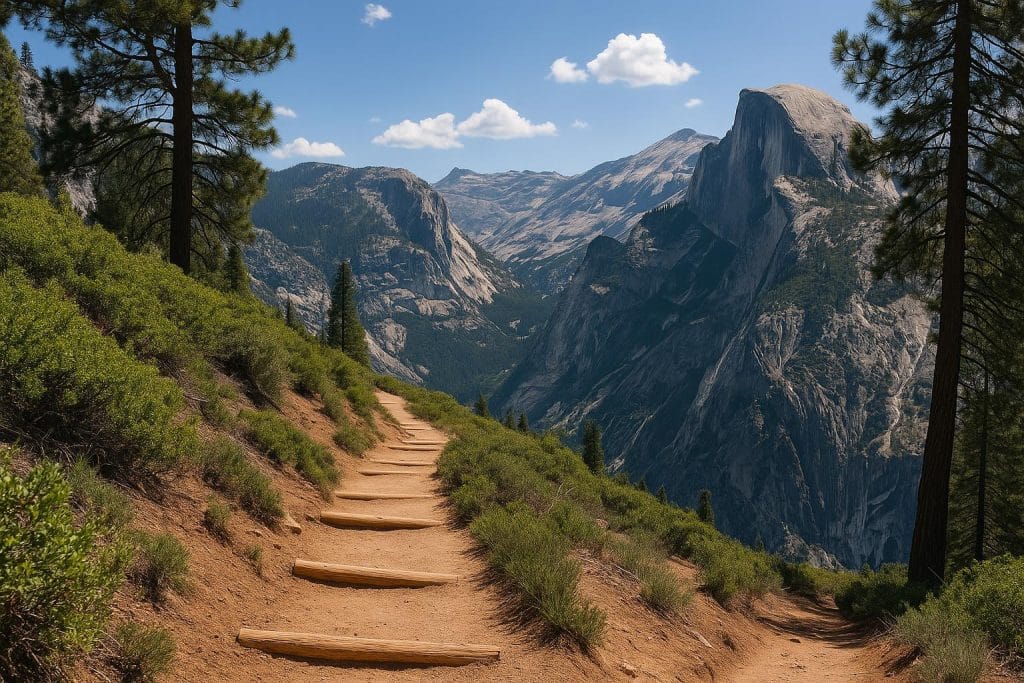Veronica Knapp‘s illustrious career in the U.S. Army is a testament to her strategic brilliance and unwavering leadership. Since enlisting in 2000, she has shattered barriers, becoming the first female division-level combat sergeant major—a role that exemplifies her trailblazing spirit and dedication to service. Since 2024, Knapp has served as a computation analyst, leveraging advanced digital tools to enhance military operations. Her ability to translate data into actionable insights has solidified her reputation as a pivotal strategist, driving informed decision-making at the highest levels of command. Over the years, she has held numerous leadership roles, including key positions at Fort Bragg, North Carolina, and various international assignments. Her leadership has been instrumental in maintaining discipline, operational efficiency, and morale across diverse military units. Complementing her military expertise is her academic background—a degree in criminal justice from Upper Iowa University—which further enriches her strategic perspective. Knapp’s exceptional service has been recognized with honors such as the Legion of Merit. Beyond her professional accomplishments, she is an active member of veteran organizations and a passionate traveler, always eager to explore new horizons. As she approaches retirement in 2026, Knapp remains deeply committed to leaving a legacy of exemplary leadership and service excellence, inspiring the next generation of military leaders to follow in her footsteps.
High-use national parks draw huge visitor numbers each year, and the trails that carry them absorb much of that pressure. Constant foot traffic compacts soil, loosens rocks, and erodes surfaces, leaving ruts or muddy stretches that make footing less reliable. These impacts show up most clearly on the busiest routes, where congestion accelerates wear. To keep paths open, the Park Service relies on structured maintenance systems designed to balance safety with continued access.
For visitors, one of the clearest signs of this work is a closure or detour. Crews may block off a section to stabilize a slope, repair a bridge, or resurface switchbacks worn thin by traffic. The interruption can feel inconvenient, but it reduces accidents and shields fragile ground. When possible, closures come with alternate routes so hikers can continue without abandoning their plans.
Once a closure is in place, communication systems step in. Signs at trailheads flag changes, while online condition updates and mobile apps share real-time notices. Visitors who check these updates avoid unsuccessful trips to blocked areas. Such clear information shortens delays and limits confusion when crews are active.
Preparation is also visible. Crews often stage equipment and materials near a project site, cutting down on the need to haul supplies back and forth. This setup helps them move faster and shortens the length of a closure. Without staging, progress slows and trails remain blocked longer.
Different types of crews contribute to this upkeep. Rangers handle inspections, construction crews take on heavier projects such as retaining walls, and volunteer groups provide support on lighter tasks like hauling brush. Visitors who pass these teams see the range of activity that goes into keeping paths functional. Their combined efforts keep repairs both safe and on schedule.
After crews finish their work, visitors may notice changes underfoot or along the slope. Retaining walls or other water-management structures redirect runoff and prevent washouts. These features alter the look of a trail, but make it safer in the long run. They show how parks counter natural forces that steadily degrade paths.
Funding adds another layer. Federal programs, grants, and collected revenues all contribute to resurfacing and signage projects. The amount of funds available determines how much work can be scheduled each season. Understanding that connection helps explain why some repairs move quickly while others wait for the next funding cycle.
Not every fix is meant to last decades. Short-term surface work can steady a muddy section for the season, while structural upgrades such as steps or reinforced surfaces are built to hold for years. The difference reflects how parks weigh immediate safety against long-term investment. For visitors, it explains why improvements vary in both scale and permanence.
Much of the decision-making is less visible. Rangers track erosion, count visitors, and file condition reports that guide which trails get priority. This monitoring flows into annual schedules and funding requests. While on-site preparation solves immediate needs, system-wide planning ensures resources reach the highest-use routes.
Every detour, sign, or crew a visitor encounters reflects part of the system that keeps access safe and reliable. Maintenance prevents accidents, extends the life of paths, and allows people to experience these landscapes each year. As the number of visitors continues to climb, the strength of these systems will determine whether the busiest of these trails remain open and accessible in the long run.

